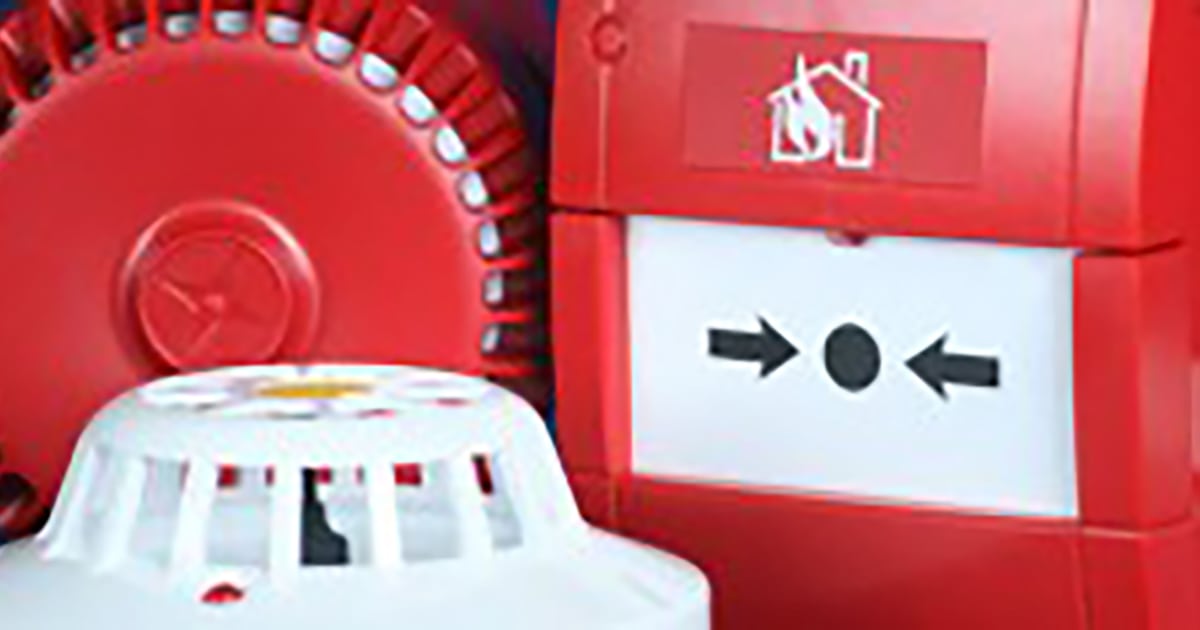Our Guide To Reducing False Fire Alarms
Fire services and business owners have been working hard together in recent years to reduce the number of false alarms in automated fire detection systems. The reduction is estimated to be around 50% in the last fifteen years which is good but still needs to be vastly improved upon. So here’s a guide to reducing false alarms.
The reduction achieved so far proves that that with the right knowledge leading to the right adjustments on every premises reducing false alarms will continue which will save tax payers and business owners millions of pounds. Even after this reduction there were 215,600 false alarms reported by UK fire & rescue services during 2014 to 2015 which is excessive to say the least. Hospitals and Universities are among the worst offenders.
This money is lost on unnecessary call outs for the fire service which can increase the chance of further property damage and danger to life at genuine fire occurrences, on disruption to business services and productivity of employees during unnecessary evacuations, and now it can save businesses fines imposed upon them by the fire brigade for repeat offences.
What Causes False Alarms?:
To continue reducing false alarms you need to know the most common causes:
- Aerosoles
- Humidity
- Dust
- Steam
- Insects
- Poor installation
- Faulty device
- Bad communication
- Cooking fumes
- Tobacco Smoke
What can you do? – A Guide To Reducing False Alarms:
If you are experiencing regular false alarms there are a number of things you can do. The first and foremost is to ensure you are with a reputable company and that you allow them to inspect and maintain your system regularly such as us at Fire & Electrical Safety Ltd for example. Prevention is better than cure after all. If they cannot remove or at least significantly reduce the number of false alarms then get someone else in for a second opinion.
If you have any building work done take the necessary precautions during the work and have the alarm assessed according to the new layout or any changes made to the way you use the space. It is important that the type of detector is appropriate to the space and activities to avoid false alarms.
Choose an intelligent system that will alert you to any problems or decline in the quality of the system.
Ensure that your employees or residents are aware of what can and cannot be done in each space according to the detection in there.
The Fire Risk Assessment
The Fire Risk Assessment is the foundation of your fire safety plan. If you can get that right then everything else will go smoothly. Review it each year and this will highlight changes in business practices and space usage for you to consult with your fire safety company and any other changes that you might need to make.
Over all, be pro-active with any false alarms that get. Find out why and what you can do to prevent the same thing happening again. Fire safety is one of those things that can seem daunting as it is not part of your core business but if you stay on top of it, you will not need to spend much time or extra money on ensuring it works for your business and community.
There are further resources on this topic at the Fire Industry Association site but the best advice is bespoke advice from an expert directly about your premises.

